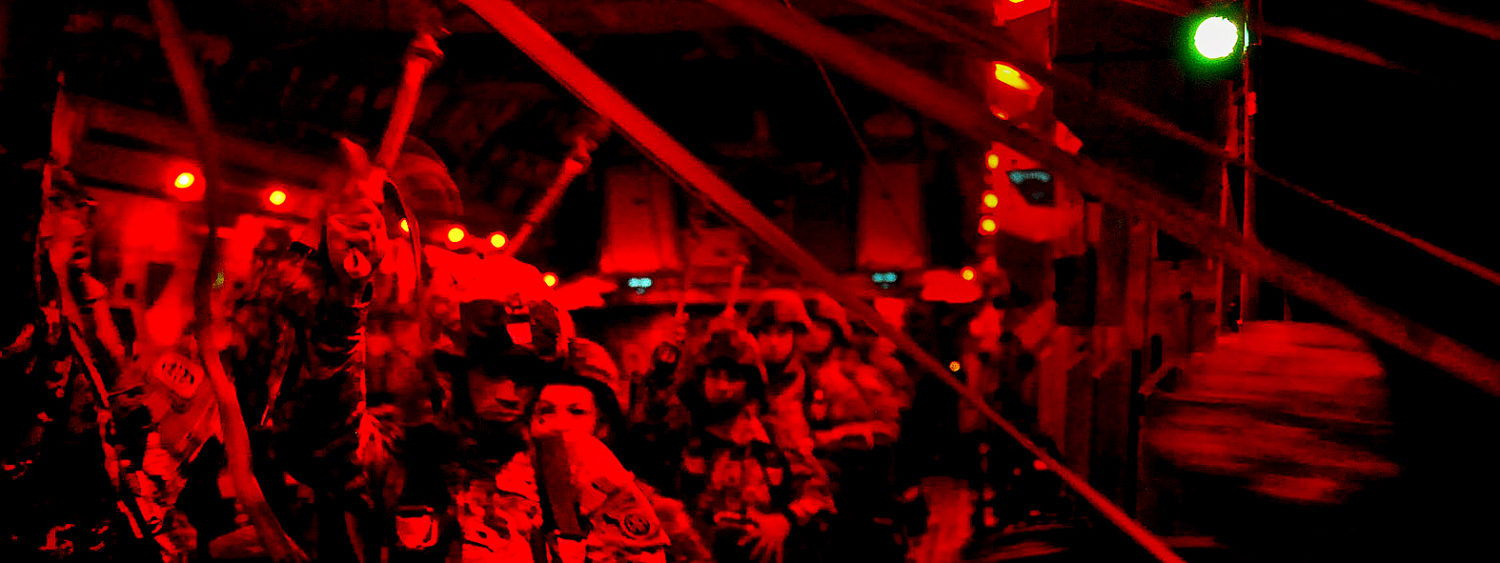A rotation at one of the Army’s Combat Training Centers (CTCs) is an incredible development opportunity for Army leaders at the brigade combat team (BCT) level and below. For the three weeks from reception, staging, and onward integration (RSOI) through the rotation’s culmination upon the announcement of “change of mission,” every soldier in a rotational training unit (RTU) experiences tactical and logistical challenges. These experiences push the RTU to the limits of human, mechanical, and systemic endurance and capacity. In the reserve component (RC), these invaluable opportunities are limited. Observer Coach/Trainer (OC/T) augmentee opportunities at the CTCs multiply development opportunities for RC leaders. Expanding these opportunities will broaden RC leaders’ doctrinal foundations while strengthening the RC and active components alike.

A U.S. Army Soldier assigned to Second Squadron, Third Infantry Regiment, 1st Stryker Brigade Combat Team, 2nd Infantry Division, Joint Base Lewis-McChord Wa., pulls security while breaching an objective during Decisive Action Rotation 20-05 at the National Training Center in Fort Irwin, California, March 18, 2020. (U.S. Army photo by Spc. Khari Bridges, Operations Group, National Training Center.)










